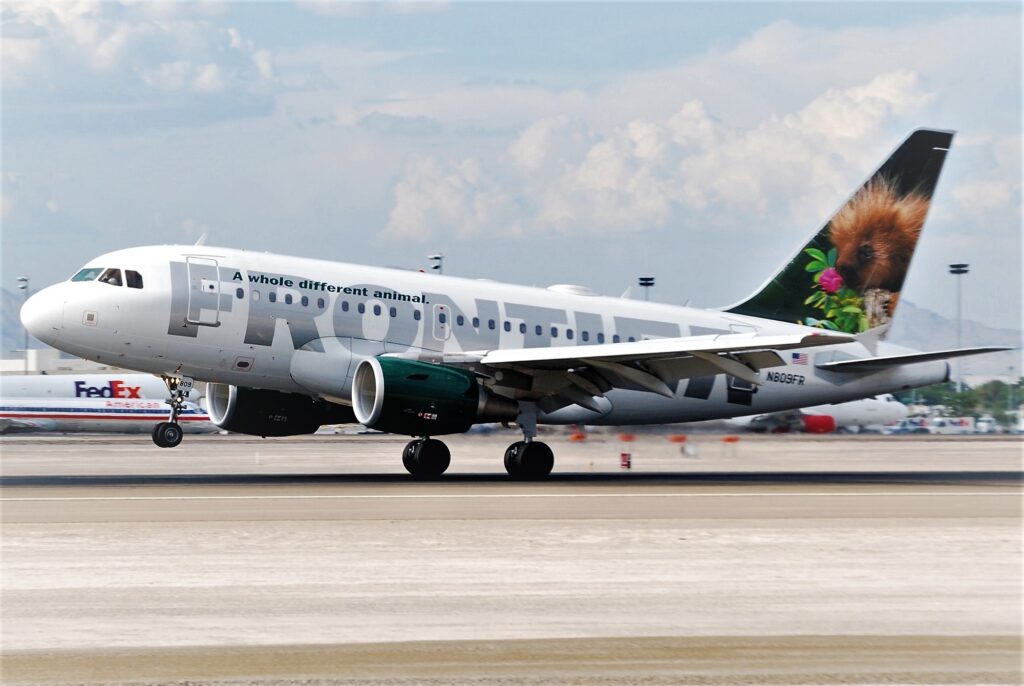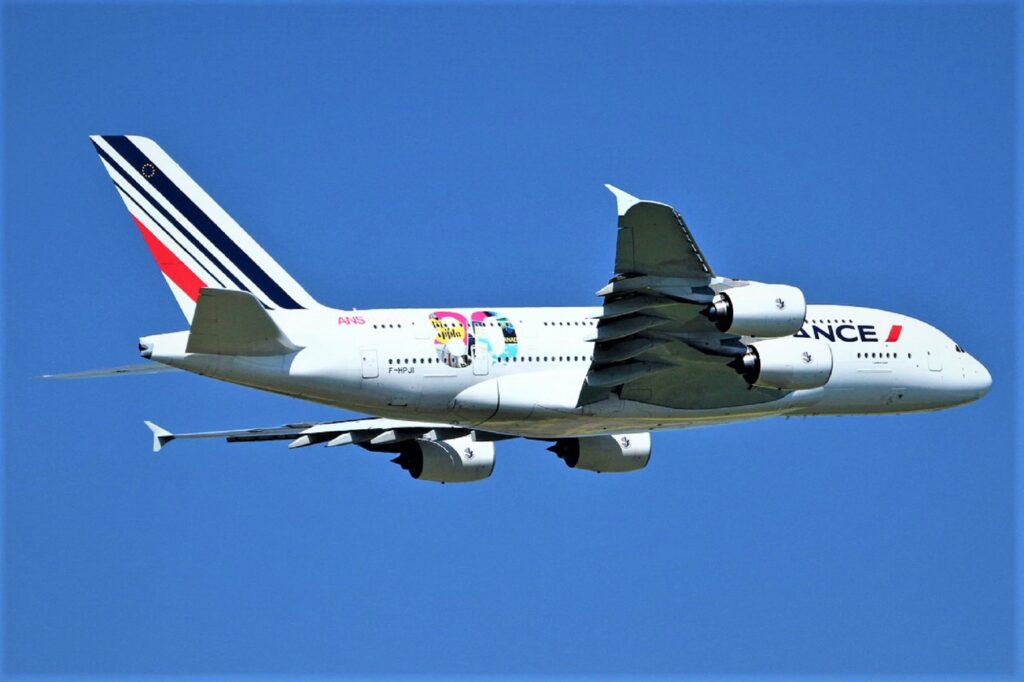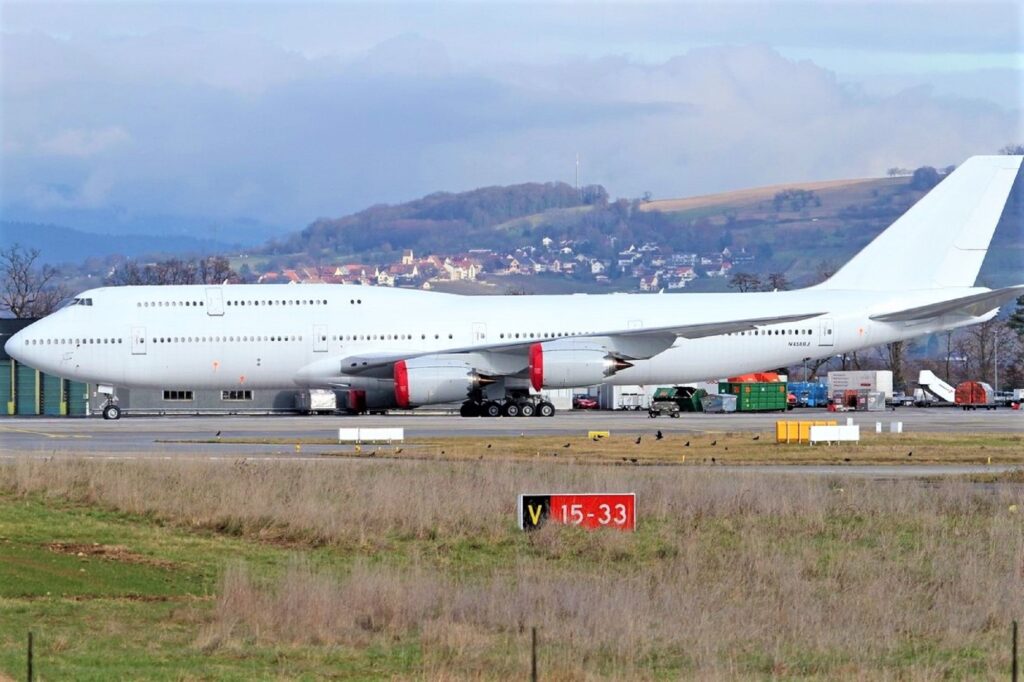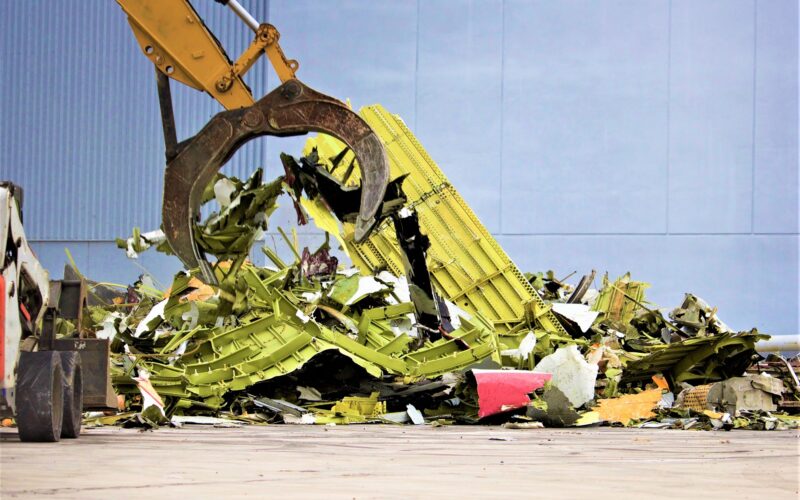While age is not the most accurate index by which to determine the life expectancy of a jet, it typically varies between 20 and 25 years for a short-haul narrowbody plane and around 35 years for a widebody aircraft. But sometimes a plane is retired regardless of age, flight hours, or cycles operated.
Reasons behind a jet being removed from service after spending very little time in the skies can be varied. In this article, AeroTime takes a look at some of these reasons, sharing five stories where the lifespan of an aircraft has ended significantly earlier than expected.
Service life ends six days prior to delivery
Occasionally aircraft are taken out of service before they even have a chance to begin. This is exactly what happened to an Etihad Airways Airbus A340 wide-body airliner in 2007.
The lifespan of the brand new A340-600 jet, which was supposed to operate on Etihad Airways’ long-haul routes under registration A6-EHG, ended much sooner than anyone could have predicted.
The aircraft was one of 24 planes on Etihad‘s order. It was expected to join the UAE-based airline in the fall of 2007 following a purchase agreement with the European planemaker, which stood at around $275.4 million at the time.
Unfortunately, the aircraft never joined Etihad’s fleet. Before being delivered to the air carrier, the plane was scheduled to perform a series of tests at the manufacturer‘s headquarters in Toulouse, France.
On November 15, 2007, the jet, which was temporarily registered as F-WWCJ, was undergoing an engine test when engineers failed to properly secure the A340 with chocks, which prevent the jet from moving when its engines run at high levels of thrust.
The engineers applied the parking brake as soon as the plane began to move. However, it was not enough to stop the aircraft from accelerating to a ground speed of approximately 31 knots and colliding with a concrete retaining wall nearby.
The impact caused severe damage to the body of the brand new plane, including its left side engines and tail. The cockpit was also torn from the fuselage. The damages were beyond repair, causing Airbus to write off the A340, which had been due to be ferried to Etihad six days later. The widebody airline was dismantled around a year after the incident.
Unlucky pick of Babybus fleet
It will come as no surprise that airlines will constantly replace aging or less economically efficient fleets with newer aircraft. And this is something that happened at major US ultra-low-cost carrier Frontier Airlines.
The Colorado-based carrier used to operate 11 Airbus A318 aircraft, the smallest and least popular variant in the entire A320 family. Frontier, which became the launch customer for the model, hoped that the planes would be a perfect fit for its low-cost business strategy.
The planes were delivered between 2003 and 2007. However, the airline‘s plan to operate the model, which was capable of flying between 107 and 132 passengers onboard with a maximum range of 5,750 kilometers (around 3,100 nautical miles), did not work out as planned.
The A318, which used to be recognized as the ‘Babybus’, provided less capacity than other members of the A320 family, meaning that its operational costs were higher compared to larger models. Aiming to cut costs per passenger seat in order to ensure the lowest possible fares for flight tickets, Frontier decided to replace the Babybus with the A320.
The airline ended up scrapping the entire fleet of barely operated A318s because the aircraft parts were worth more than the actual planes themselves.
The A318-100, registered N809FR, had the shortest lifespan of them all. Built in April 2007, the plane featured a special tail design with a porcupine painted on it. Having spent just 2.5 years in the skies, N809FR was removed from service in September 2009.
The plane made its final flight to Greenwood–Leflore Airport (GWO) on September 28 the same year, before it was scrapped.

Abandoned after the first flight
A brand new Boeing 787-9 Dreamliner owned by Colombian air carrier Avianca is yet another example of how an almost unused plane was abandoned despite its young age.
The Boeing 787-9, registered N797AV, has a unique story. Unlike many other aircraft parked due to technical issues, financial difficulties, or, more recently, because of a global pandemic, Avianca’s Dreamliner was grounded straight after leaving the manufacturer’s assembly line.
The Dreamliner, now 3.7 years old, was officially operational for an incredibly short time, during which it made its first and only flight.
Boeing manufactured the widebody on May 11, 2019. But since June 2019, the aircraft has been taking an unexpected rest while grounded in Abu Dhabi, United Arab Emirates.
The aircraft’s unusual and short story began in 2017, after Avianca reached an agreement with Boeing to convert a previous order of three Boeing 787-8s to Boeing 787-9s, a bigger version of the Dreamliner.
Two years later, on May 30, 2019, control of the airliner was handed over to the Colombian flag carrier while the physical plane – and its associated parts – were still located at Boeing’s facility in Seattle, United States, according to SMBC Aviation Capital, the company that the aircraft was leased from.
However, the debut of Avianca’s pristine 787-9 came to an abrupt end. On June 1, 2019, the aircraft was transferred by ferry flight to Abu Dhabi, where it has been grounded ever since, Planespotters.net data suggests.
A victim of a global pandemic
A similar misfortune was experienced by another giant passenger plane. This time, an Air France Airbus A380-800.
The aircraft, registered F-HPJI, which was delivered to the French flag carrier in September 2013, was removed from service in 2020, even though it was still in good condition to serve passenger flights.
In October 2013, the iconic superjumbo, alongside an A320-200 registered F-HEPG, was painted in a special livery to mark the 80th birthday of the airline, which is a subsidiary of Air France-KLM Group.
But unlike the A320-200, the widebody aircraft ended its service life in an airplane boneyard. In March 2020, when airlines across the globe were heavily affected by the COVID-19 pandemic, an unprecedented number of planes were parked or stored due to the lack of passenger demand in air travel. This resulted in huge financial pressure.
The parent company of Air France suffered a €7.1 billion loss at the time, prompting it to phase out its entire fleet of double-deckers with the “definitive end” taking effect immediately rather than by the end of 2022 as it had initially planned.
The 9.9-year-old aircraft became one of the airline’s 10 planes affected by COVID-19 fleet cuts and was withdrawn from use in March 2020. It was partially scrapped in the aircraft graveyard at Tarbes-Lourdes-Pyrenees Airport (LDE) in France in May 2020.
The plane was one of the two youngest Air France A380s. Another jet of the type, the 9-year-old F-HPJJ, which joined the airline in 2014, was removed from service the same year. While the aircraft has not yet been scrapped, it is currently stored at LDE airport, likely awaiting a similar fate.

Fancy flying mansion scrapped after customer’s death
A Boeing 747-8 Business Jet (BBJ), the most luxurious ‘Queens of the Skies’ aircraft ever built, is another example of an airframe being sent for dismantling despite not even reaching the halfway point of a regular aircraft lifespan.
The Boeing 747-8 BBJ, registered N458BJ, is the world’s first 747-8 airframe to be scrapped after fewer than 30 flight hours spent in service. The VIP airliner will soon be scrapped at the Pinal Airpark boneyard in Marana, United States, despite the jet being delivered to its owner only a decade earlier.

The story of this particular Queen of the Skies began in late 2012 when it was rolled out of the Boeing factory. The giant was initially expected to become a special government plane to operate flights for the Saudi Arabian government. It was ferried to EuroAirport Basel Mulhouse Freiburg Airport (BSL), located at the border tripoint between France, Germany, and Switzerland, where it was supposed to undergo interior modifications.
The aircraft was to become a personal plane for Saudi Crown Prince Sultan Abdul Aziz. However, in October 2021, around nine months before the scheduled delivery, the customer died. Several attempts have since been made to sell the BBJ for around $95 million (or one-fifth the value of the new 747-8 at the time), but finding a new owner for a barely flown jet has proven to be difficult.
The BBJ, which was painted with a white livery, remained parked at BSL airport for more than a decade until April 2022, when it was ferried to one of the world’s largest aircraft graveyards located at Pinal County Airpark (MZJ) in the Arizona desert.
The 747-8, which had reportedly operated only 16 flights and spent just 29 hours in the sky, had its most valuable parts, the four General Electric GEnx turbofan engines, removed.
While the aircraft has not yet been fully scrapped, its wing flaps, some parts of the tail and fuselage, as well as the rudder, have already been dismantled.

